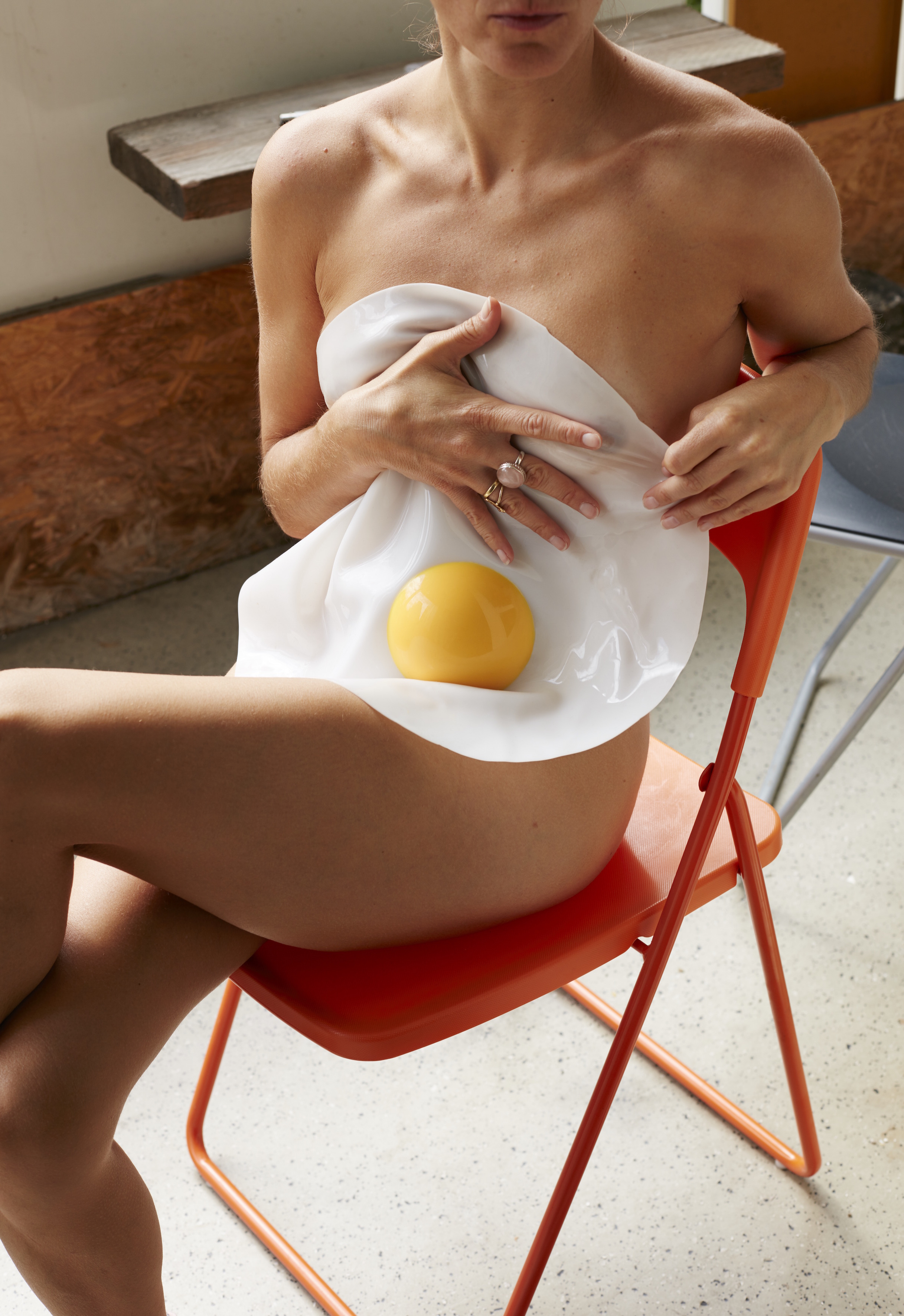
Athens, Greece
“The city is what it is, because our citizens are what they are,” wrote the founder of the Academy in Athens—the beginning of higher education as we know it—Plato. Emerging from the financial crisis, certain parts of Athens are still desolate and devastated—but art is beginning to rebuild this ancient city from within. The National Gallery of Contemporary Art was one of many victims of the economic crash, and finally re-opened in 2016 with a programme that doesn’t shy away from politics.
In the Metaxourgeio neighbourhood (the former silk mill district in the north of Athens’ historic centre) you’ll find a cluster of Athens’ contemporary galleries like The Breeder (see a brilliant solo show by Vanessa Safavi until 31 August). It is a good are spot to discover Greek artists, as well as some of the young artists who have been moving into the city of late. As far as blue-chip presence goes, Gagosian’s outpost opened in Athens in 2011, meanwhile, the Art Athina fair (which runs in June) is now in its 22nd edition, and attracts the best of Europe’s independent young gallerists: this year Union Pacific, Sade LA and Soft Opening were part of the line-up. (Charlotte Jansen)
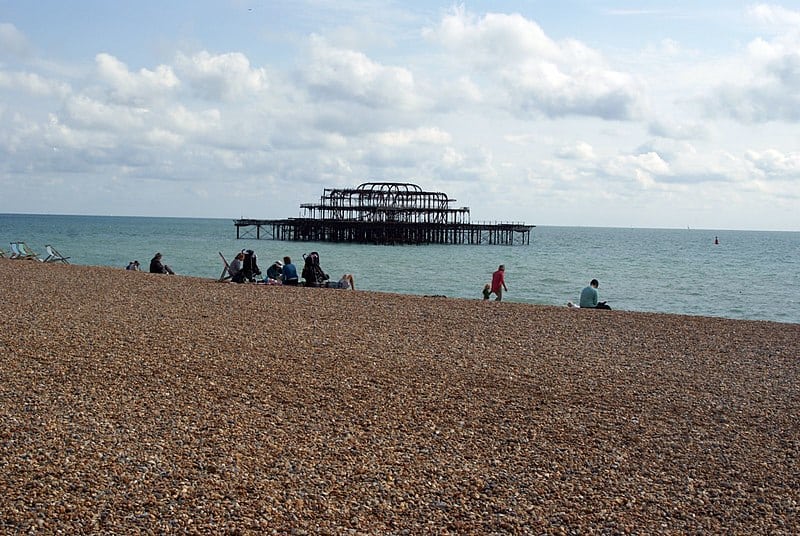
Brighton, England
As the quintessential British seaside destination, Brighton becomes somewhat hysterical in the heat, but that’s kind of the point. Avoid West Street and Queens Road at all costs if you want to keep away from the biggest tourist hoards, and wander through the North Laines towards the Royal Pavilion. Its bombastic architecture is the ultimate example of preposterous Regency exoticism. The nearby Brighton Museum and Art Gallery is showing Gilbert & George until 2 September, as well as the Museum of Transology, which showcases art and artefacts that tell the history of the British transgender community.
Also, check out Fabrica, a converted church in the South Lanes, which focuses on interdisciplinary arts. Jo Lathwood’s site-specific sculpture is on show until 28 August. If you’re feeling brave, take a five-minute stroll to the beach, enjoy a dip, and treat yourself to an ice-cream on the promenade. Be sure to check out the remains of the famed West Pier too. The skeletal structure was destroyed by storms and fire and now serves as an impressive—if accidental—iron sculpture. (Holly Black)
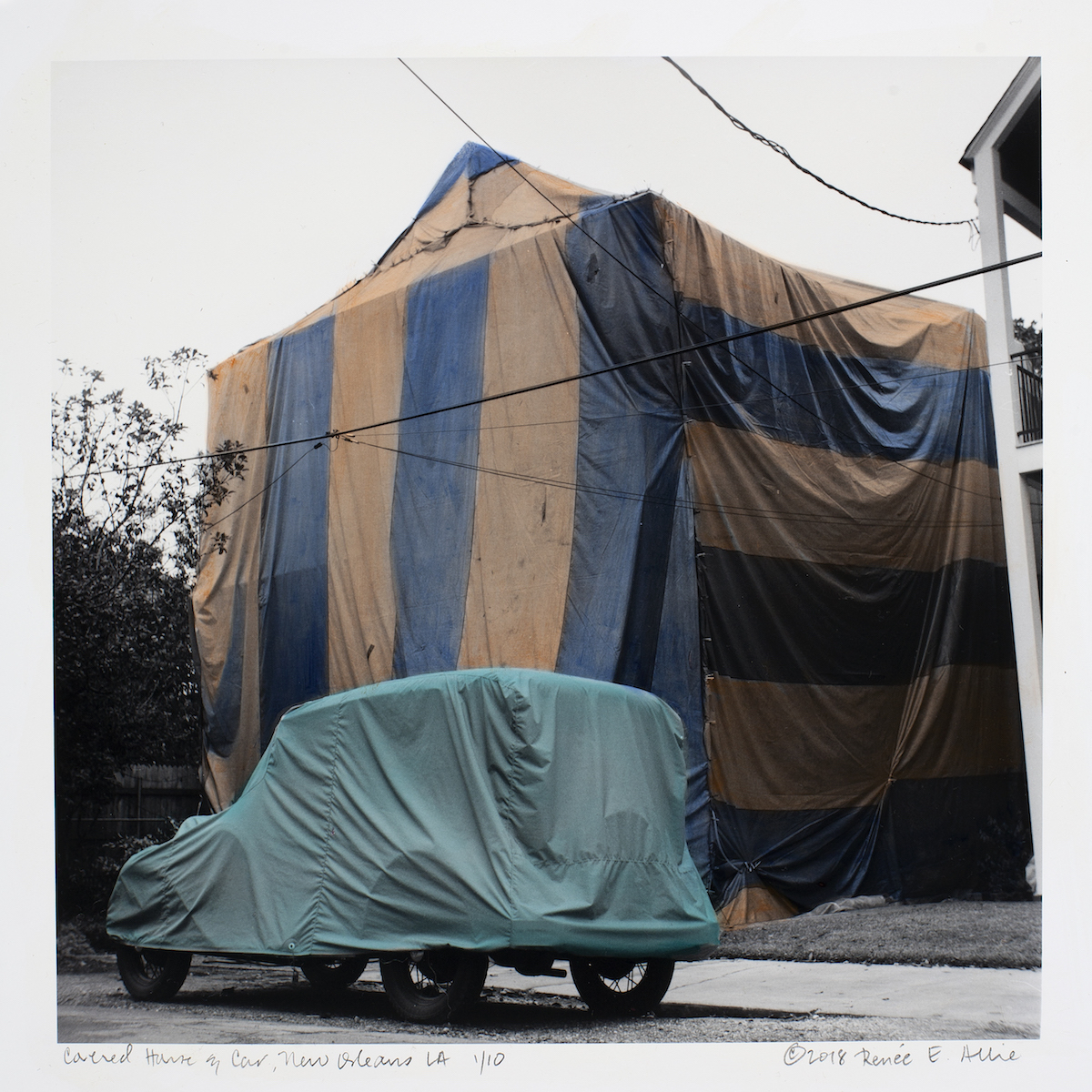
New Orleans, Louisiana
2018 marks the three hundred year anniversary of New Orleans, a city famous for its jazz history, seafood and po’boys, voodoo spirituality and for being one of the few places in the US where it’s legal to drink in public. A celebratory atmosphere is tangible in the French Quarter, which—if you can look past the hoards of tourists on Bourbon Street, and the seemingly unending rotation of tour groups—is a surreal feast of multicoloured eighteenth century architecture soundtracked by buzzing street performers, and a gateway to learning about the rich and oftentimes troubling history of New Orleans. But the city’s art scene is very much alive outside of its chaotic touristy centre. Stroll into the calmer neighbourhood of Bywater to visit Good Children Gallery and artist-run exhibition space The Front.
Head west to find the arts district, home to a cluster of NOLA’s cultural institutions. Here the Ogden Museum of Southern Art is exhibiting the winners of statewide art award Louisiana Contemporary (until 4 November), alongside an exhibition of photographer Doris Ulmann (until 16 September), who travelled the American south with folk singer John Jacob Niles during the 1920s and thirties, capturing delicate portraits of those she met along the way. Just across the street, bodies are explored within the context of the mysterious Mississippi landscape in an open call exhibition, Constructing The Break, at the Contemporary Arts Centre New Orleans (until 6 October). (Rosalind Duguid)
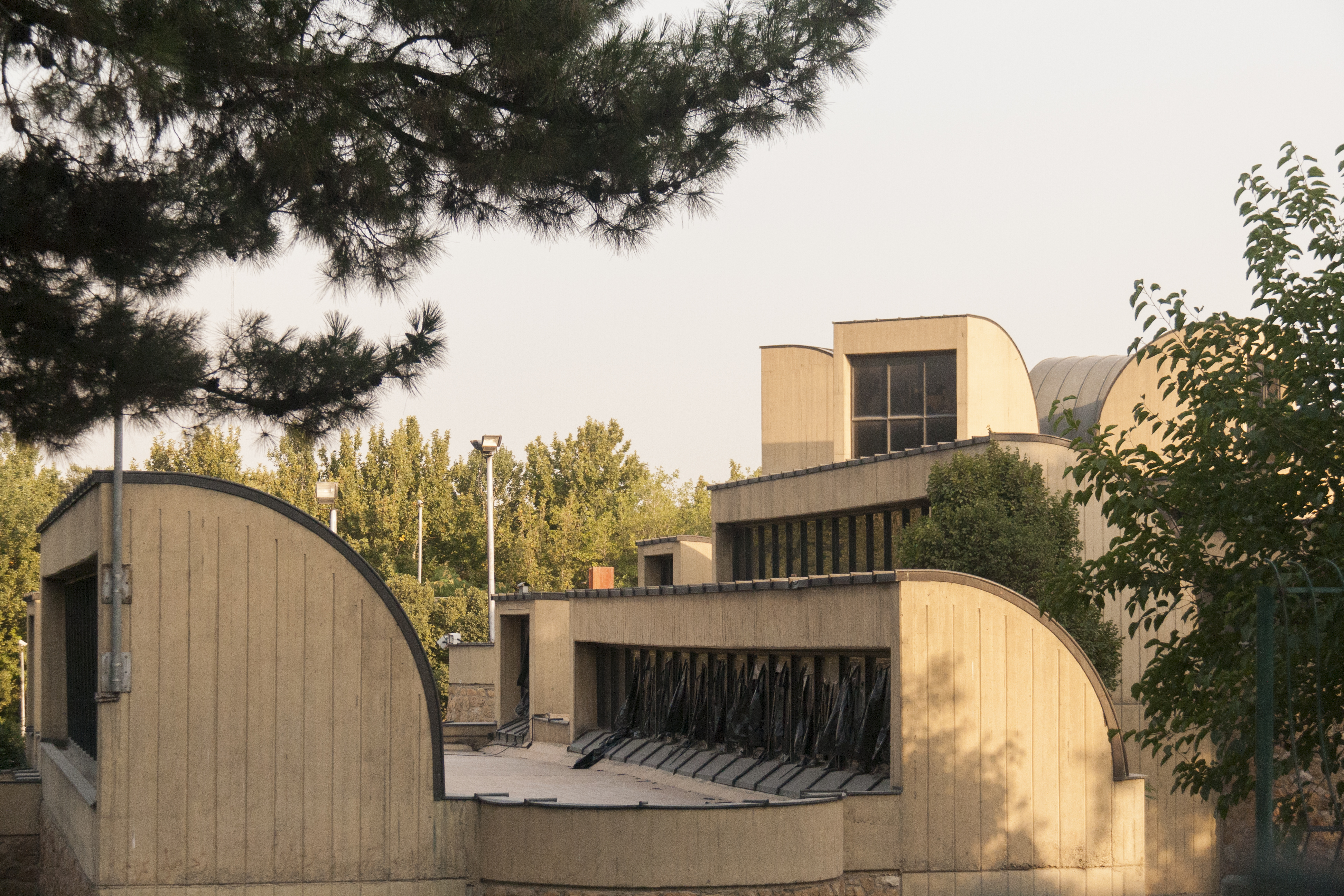
Tehran, Iran
Ancient and modern continually confront one another in Iran’s beguiling capital. Temperatures are middle-eastern hot in the summer, but it is dry, so bearable compared to other cities in the region. Tehran’s architecture is dramatic: from remnants of the Qajar dynasty and Pahlavi era to iconic Modern 1970s buildings (the Tehran Museum of Contemporary Art, completed in 1977, among them) and more recent revolutionary designs such as the Sharifi-ha house, Tehran is a city that is constantly redefining the notion of tradition.
There are endless art offerings in a city as highly cultured as Tehran, from the Instagram-friendly Rooberoo Mansion, with its luxurious bookstore, to Dastan gallery’s basement (Pouya Parsamagham closes on 10 August) a site of experimentation for the local scene. They recently opened a new outdoor space, Electric Room, in downtown Tehran. (Alice Bucknell)
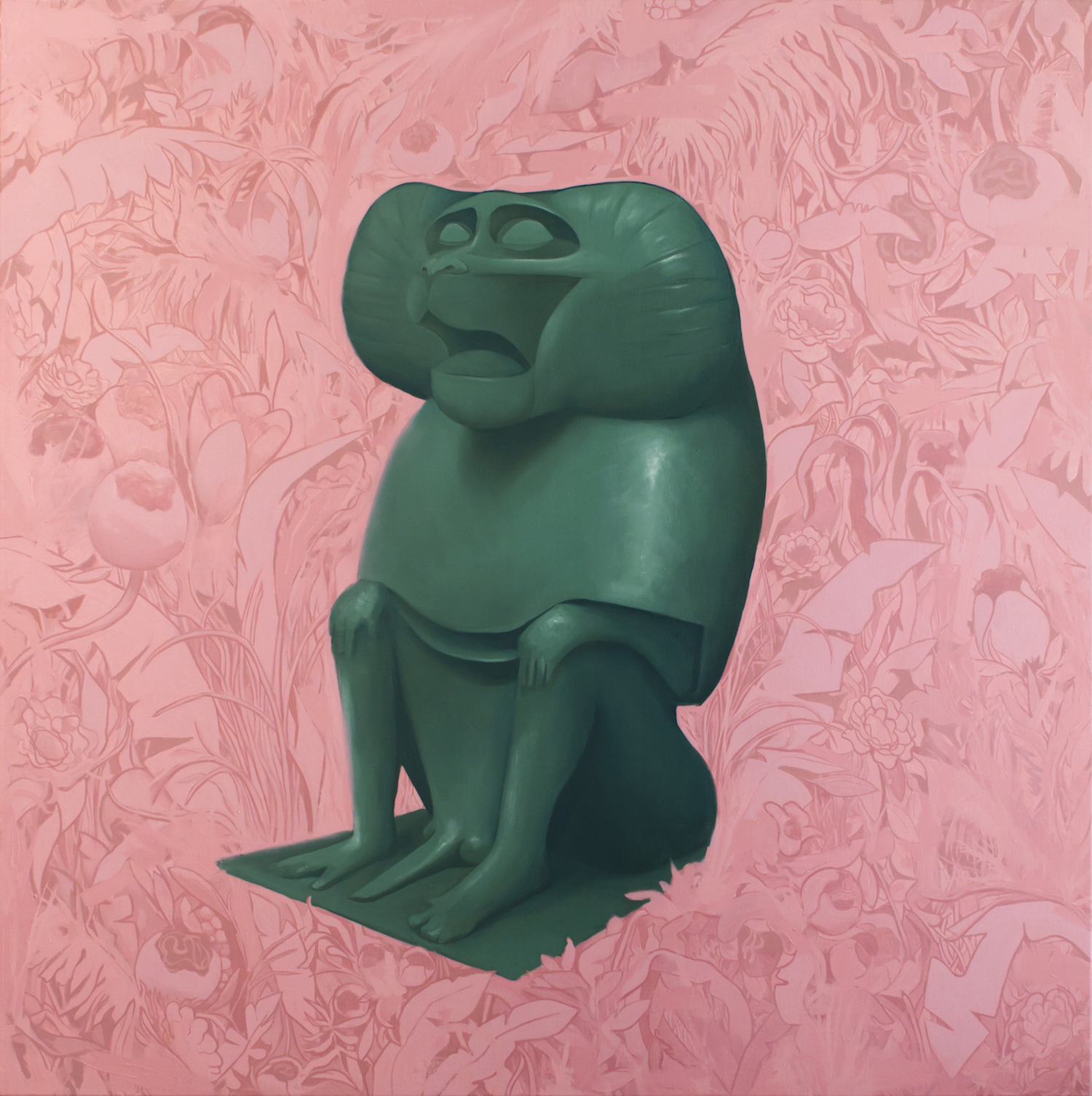
Leipzig, Germany
There is a running joke in Germany that Leipzig is endlessly up-and-coming but never quite delivers on its promise, zealously described by its proponents as the “new Berlin” and yet resolutely under-the-radar. Its wealth of galleries, impressive institutions and one very famous Art Academy, credited with the rise of the New Leipzig School of painting during the 1990s, have undoubtedly put it on the cultural map, while access to the natural beauty of its nearby expansive lakes and excellent cycle routes make it the ideal spot for a summer break. Its galleries tend to be found in clusters around the city, with the unusual Spinnerei at the epicentre. A working factory until as recently as 2000, the nineteenth century cotton mill has since been converted into a sprawling complex of more than 120 artist studios and an impressive collection of galleries.
Among these are the notable Galerie Eigen+Art, currently showing a joint exhibition of Martin Gross and Stef Heidhues’s work, while at Galerie Kleindienst a group show titled Bataillon d’Amour brings together fifteen artists who explore the challenges of love. The G2 Kunsthalle in the city centre is another gallery not to be missed; their current exhibition questions the mythologizing of the artist studio. Leipzig is a city to stay out late in, with a strong techno scene; check who’s playing at Institut fuer Zukunft, where platters of fresh fruit are brought out to refresh the crowd at intervals throughout the night—the perfect summer accompaniment. (Louise Benson)
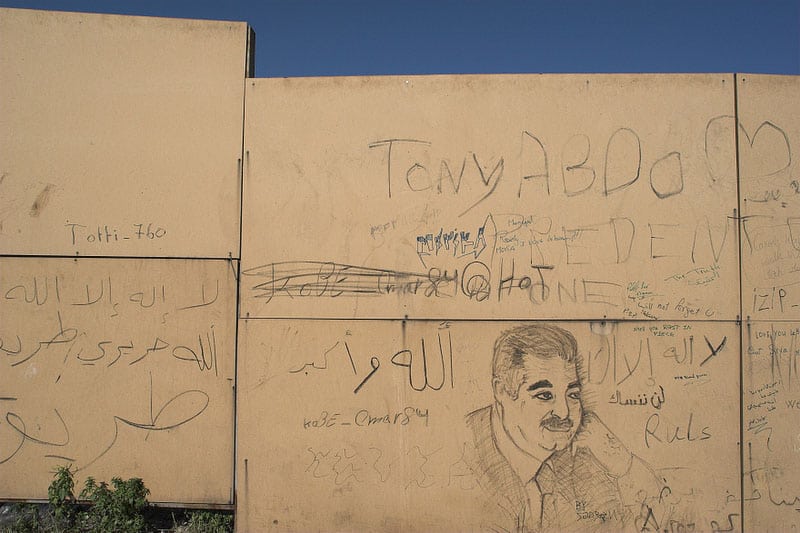
Beirut, Lebanon
The Lebanese capital’s contested future has produced a fragmented but urgent new wave of art and design that contains some of the world’s most striking young talent, amidst a country still feeling the effects of civil war (1975-1990). This disparity and the cultural energy thriving in spite of these challenges is palpable. A new downtown district appears more like a ghost-town luxury shopping mall than bustling metropolis. Thankfully, venues like the Arab Image Foundation, ARTLAB, Exode Gallery, Sfeif-Semler Gallery and Plan BEY are providing a local and sustainable outlet for contemporary Lebanese artists to exhibit their work.
The institutional support of Lebanon’s contemporary art scene is also growing, with small but lively institutions like the Beirut Art Center and Beit Beirut. Late-night restaurants, art openings, and nightclubs like the infamous subterranean B018 designed by Bernard Khoury reveal the true anatomy of the city. The shared nightlife culture —from late-night plein-air dining to dancing until sunrise—ultimately threads through all classes, and makes for an unforgettable stay. (Alice Bucknell)
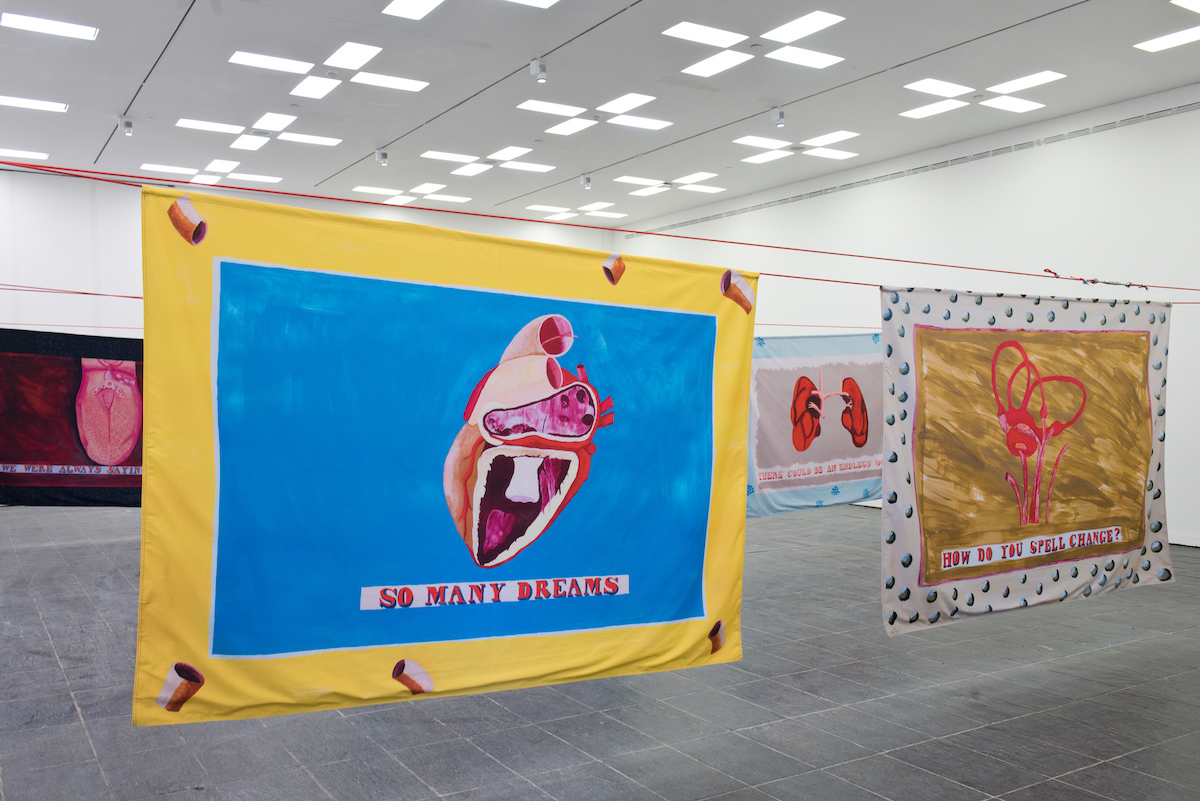
Newcastle, England
The Great Exhibition of the North takes hold of Newcastle this summer, and amongst the multitude of family, music, literature and theatre events, many will be flocking to the banks of the River Tyne to get their fix of contemporary art. The Baltic Centre takes the helm as the beginning of the Art Trail, with standout exhibitions by Lubaina Himid and Michael Dean. Also not to be missed is About the North: Imagined Dialogues, a show of Northern documentary photography at Amber collective’s Side gallery. The exhibition features the work of thirty-five photographers, including iconic images of northern youth by Tish Murtha (who is currently showing at The Photographer’s Gallery in London).
The architecture of the former industrial city is likewise something to behold: just around the corner from Side, on Sandhill, sits the Jacobean beauty of Bessie Surtees House. Venture west to the stony and imposing Georgian streets of Grainger Town, or head east to look out over the seven-bridged river—which glitters brilliantly on a clear summer day—from the enormous windows of the Baltic (itself housed in an impressive former flour mill). And, for the season, you can keep on admiring the view and exploring the galleries late into the night, as the Baltic’s doors are open until 8pm every day until 9 September. (Rosalind Duguid)
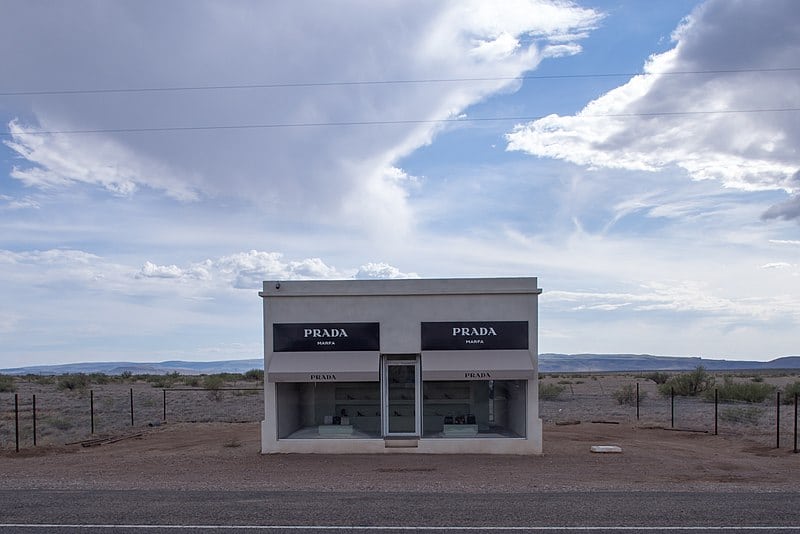
Marfa, Texas
Elmgreen & Dragset’s Prada Marfa may be the quintessential image of this small Texan town’s surprising stock in the art world, but Marfa’s artistic bent extends back to the American Minimalist movement of the sixties and seventies. Pitch a tent at the painfully hip El Cosmico, then walk into town to check out the local gallery scene—inde/jacobs, Tacheles, Marfa Contemporary, Ballroom Marfa and the Chinati and Judd Foundations should all be on your list. Both inde/Jacobs and Ballroom are known for their particularly avante-garde programmes—the latter having commissioned Prada Marfa back in 2002—but the Chinati Foundation is the core origin of Marfa’s rebrand as the ideal exit strategy for jaded New York artists.
This is thanks to Donald Judd, who made the leap in 1971 and encouraged young artists to do the same. He established the 340-acre Chinati Foundation in 1986, which continues Judd’s artist-in-residency programme as well as offering self-guided tours of his fifteen garguantuan concrete and alumninum works scattered throughout the premises. Thanks to the likes of Chris Kraus, whose art-world-intellectual-porn novel I Love Dick cinematic adaption was filmed here (not to mention the excellent Tex-Mex local cuisine), Marfa stands out as the ultimate summer destination for art lovers equally eager for their desert Americana fix. (Alice Bucknell)





